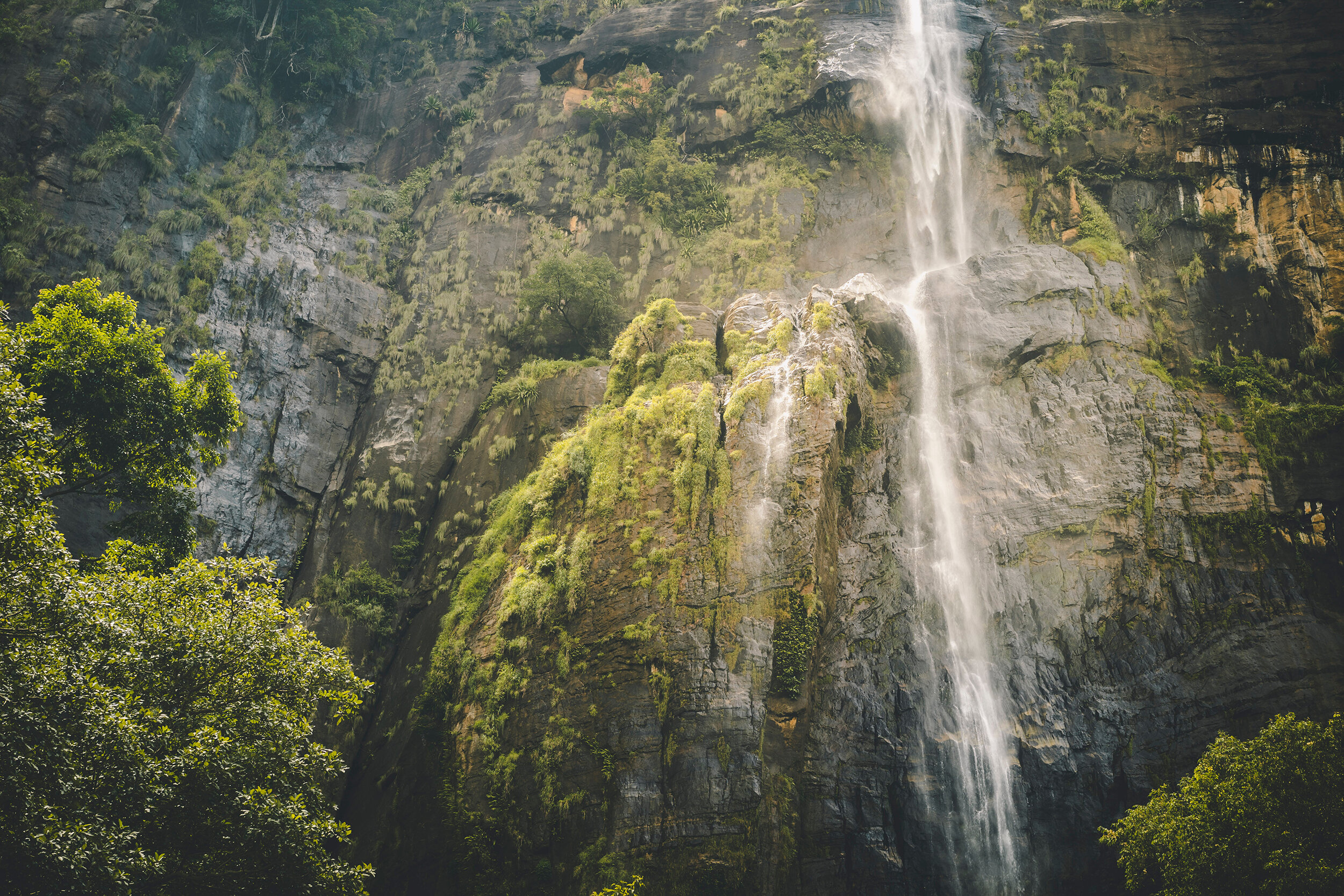
Uganda

The archipelago of the 84 Ssese Islands is Uganda’s response to tropical gems off the coast of East Africa in the Indian Ocean.
Remote Bwindi Impenetrable National Park is a renowned mountain gorilla sanctuary. The Kibale National Park concentrates the largest population of primates in the African continent. Bordering it is the Queen Elizabeth National Park where the famous tree climbing lions are found, as well as elephants, buffalo, hippos, cheetahs, lions, hyenas, crocodiles, baboons and topi. Murchison Falls National Park in the northwest is where the White Nile River surges through a narrow gap over a massive drop. Rapids make the White Nile river the perfect place to learn how to white-water raft, surf, kayak and paddleboard. Wildlife includes elephants, crocodiles, hippos, and chimpanzees are found in the Kaniyo Pabidi mahogany forest there.
Guidelines On Climate
Uganda's raised topography means a cooler climate than its equatorial setting suggests but if you're planning a gorilla trek, it's important to know when to go to Uganda for the easiest trekking conditions. Although it's regarded as a year-round activity, the best time to visit Uganda for gorilla trekking is during the country's two dry seasons: January and February and from June to September.
Game viewing in Uganda's savannah parks is best at the end of the dry seasons - February and March and September/early October - when wildlife is concentrated around water sources. Bird watching is fantastic all year round but is at its peak between November and April when migrant species are present. We'd recommend avoiding a Uganda safari entirely during the heavy rains of April and May.
